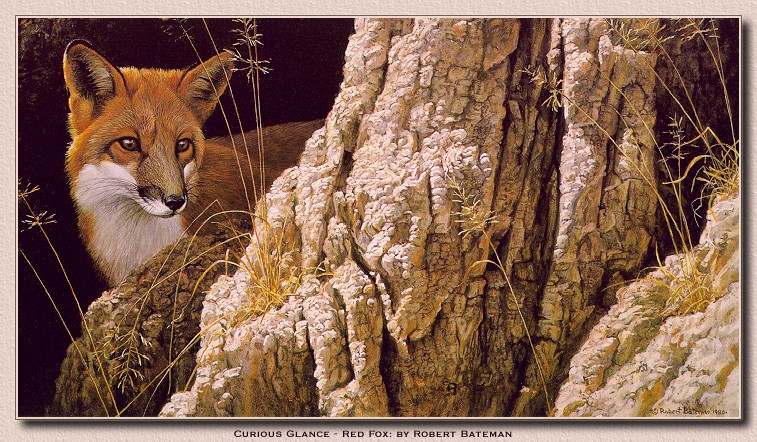|
Curious Glance: Red Fox - by Robert Bateman
| 제목: | Curious Glance: Red Fox - by Robert Bateman
| |

| 해상도: 757x442
파일크기: 178696 Bytes
등록시간: 2007:08:20 14:50:37
|
Curious Glance: Red Fox - by Robert Bateman
BatemanRobert-CuriousGlance-RedFox-sj |
^o^
동물그림창고 똑똑전화 누리집
^o^
|
|